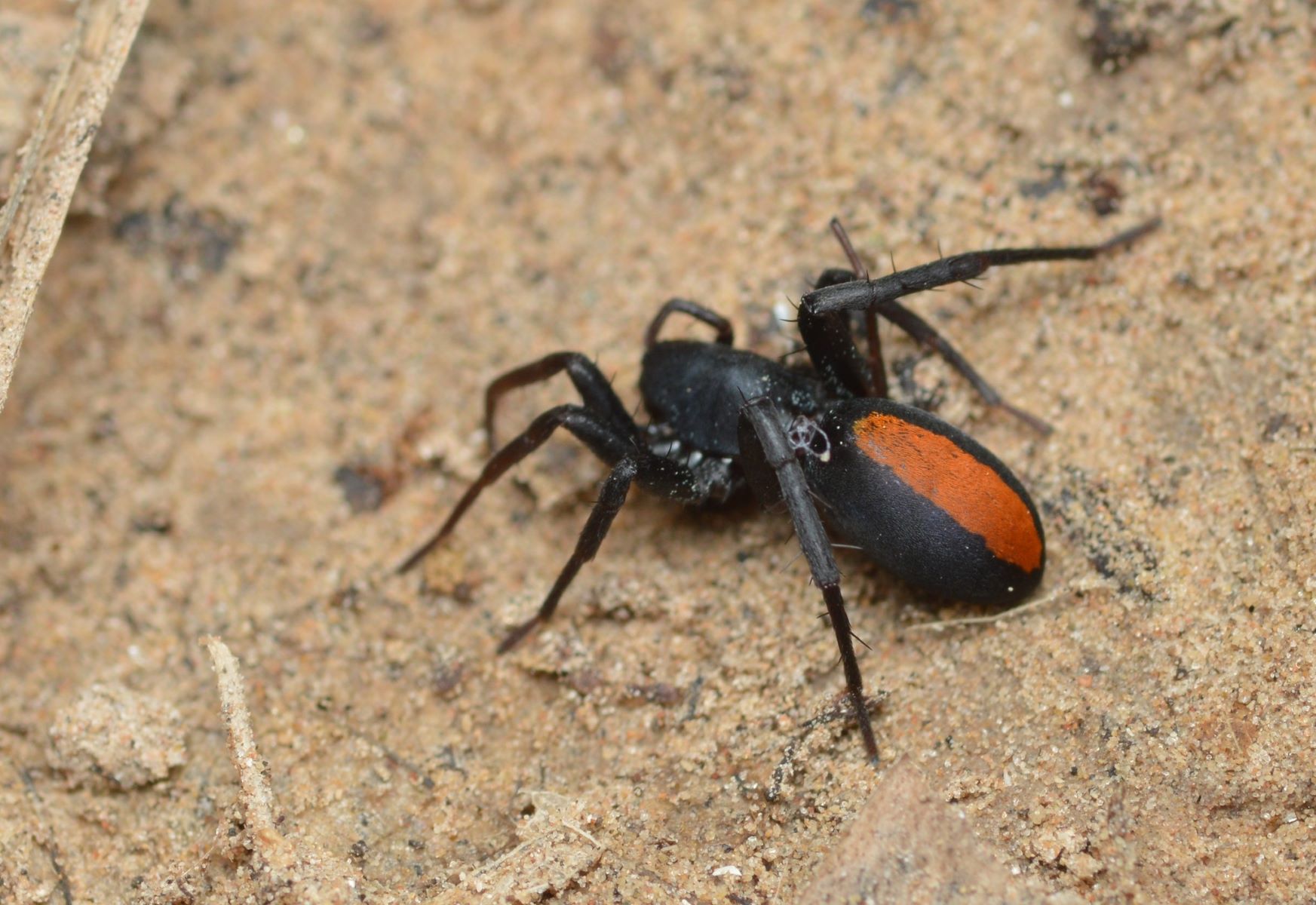
The red-spotted ant-mimic spider is a fascinating creature that has earned its name for its remarkable ability to mimic the appearance and behavior of ants. Found in various parts of the world, this spider has evolved to resemble ants with red spots on their bodies, thus gaining protection from potential predators and increasing its chances of success in capturing prey.
In this article, we will delve into some mind-blowing facts about the red-spotted ant-mimic spider. From its unique physical characteristics and hunting techniques to its intriguing behavior and habitat, you will discover why this spider is truly a master of disguise and survival.
Key Takeaways:
- The Red-spotted Ant-mimic Spider is a tiny master of disguise, fooling predators by looking and acting like an ant to stay safe in the wild.
- These crafty spiders are found all over the world, using their clever camouflage and agile hunting skills to thrive in various environments.
Nature’s Master of Disguise
The Red-spotted Ant-mimic Spider, scientifically known as Myrmarachne formicaria, is a fascinating arachnid that has evolved to mimic the appearance and behavior of ants.
Crafty Deception
These spiders have specialized body shapes, colors, and movements that closely resemble ants, making them virtually indistinguishable to the untrained eye.
A Clever Defense Mechanism
The spider’s ant-like appearance serves as a defense mechanism, protecting it from potential predators who are less likely to prey on ants.
Masterful Mimicry Techniques
The Red-spotted Ant-mimic Spider not only imitates the physical characteristics of ants, but it also mimics their movements and behaviors, such as the way they walk and wave their front legs.
Size Matters
These spiders are relatively small, measuring around 5-7 millimeters in length. Their small size allows them to seamlessly blend in with their ant counterparts.
Picky Eaters
The Red-spotted Ant-mimic Spider primarily preys on other small insects, using its impeccable camouflage to get close to unsuspecting victims.
Worldwide Distribution
These remarkable arachnids can be found in various parts of the world, including Asia, Europe, and North America.
Males on the Move
During mating season, male Red-spotted Ant-mimic Spiders go on a quest to find females. They embark on long journeys, often leaving their familiar habitat in search of potential mates.
Unique Courtship Rituals
Male spiders engage in elaborate courtship displays, using intricate movements and vibrations to attract females.
Motherly Care
Female Red-spotted Ant-mimic Spiders exhibit maternal behaviors, actively guarding and protecting their egg sacs until the spiderlings hatch.
Fast and Agile Hunters
Despite their small size, these spiders are agile hunters, capable of swiftly pouncing on their prey with lightning speed.
Adapting to Various Environments
The Red-spotted Ant-mimic Spider is adaptable and can thrive in a range of habitats, including forests, meadows, and urban areas.
A Constant Evolutionary Arms Race
The clever disguise of the Red-spotted Ant-mimic Spider is a result of an ongoing evolutionary arms race with potential predators, ensuring its survival in the natural world.
Conclusion
In conclusion, the red-spotted ant-mimic spider is a fascinating creature with its unique abilities and adaptations. From its remarkable resemblance to ants to its clever hunting techniques, this spider has captured the attention of researchers and nature enthusiasts alike. With its red spots and mimicry behavior, it is able to deceive predators and prey, ensuring its survival in the wild. The red-spotted ant-mimic spider serves as a reminder of the incredible diversity and complexity of nature, and how animals continue to adapt in extraordinary ways. As we continue to explore and study these amazing creatures, we will undoubtedly uncover even more mind-blowing facts about the fascinating world of spiders.
FAQs
Q: How did the red-spotted ant-mimic spider develop its ant-like appearance?
A: The red-spotted ant-mimic spider has evolved its ant-like appearance over time through natural selection. Individuals that resembled ants had a higher chance of survival as they were able to trick predators and sneak up on their prey.
Q: What purpose does the red-spotted ant-mimic spider’s mimicry serve?
A: The spider’s mimicry serves two main functions. First, it helps it avoid predators that may mistake it for an aggressive ant. Second, it allows the spider to approach its prey more easily, as insects tend to be less wary of ants.
Q: What do red-spotted ant-mimic spiders eat?
A: Red-spotted ant-mimic spiders primarily feed on small insects, such as ants and other spiders. They are skilled ambush hunters and use their mimicry and stealth to capture their prey.
Q: Are red-spotted ant-mimic spiders dangerous to humans?
A: Red-spotted ant-mimic spiders are not dangerous to humans. They are typically shy and try to avoid confrontation. Their primary focus is on hunting smaller insects and ensuring their own survival.
Q: Where can red-spotted ant-mimic spiders be found?
A: Red-spotted ant-mimic spiders are found in various regions across the globe, including parts of Asia, Australia, and the Americas. They prefer habitats with dense vegetation where they can blend in with ants and find an ample food supply.
Was this page helpful?
Our commitment to delivering trustworthy and engaging content is at the heart of what we do. Each fact on our site is contributed by real users like you, bringing a wealth of diverse insights and information. To ensure the highest standards of accuracy and reliability, our dedicated editors meticulously review each submission. This process guarantees that the facts we share are not only fascinating but also credible. Trust in our commitment to quality and authenticity as you explore and learn with us.
